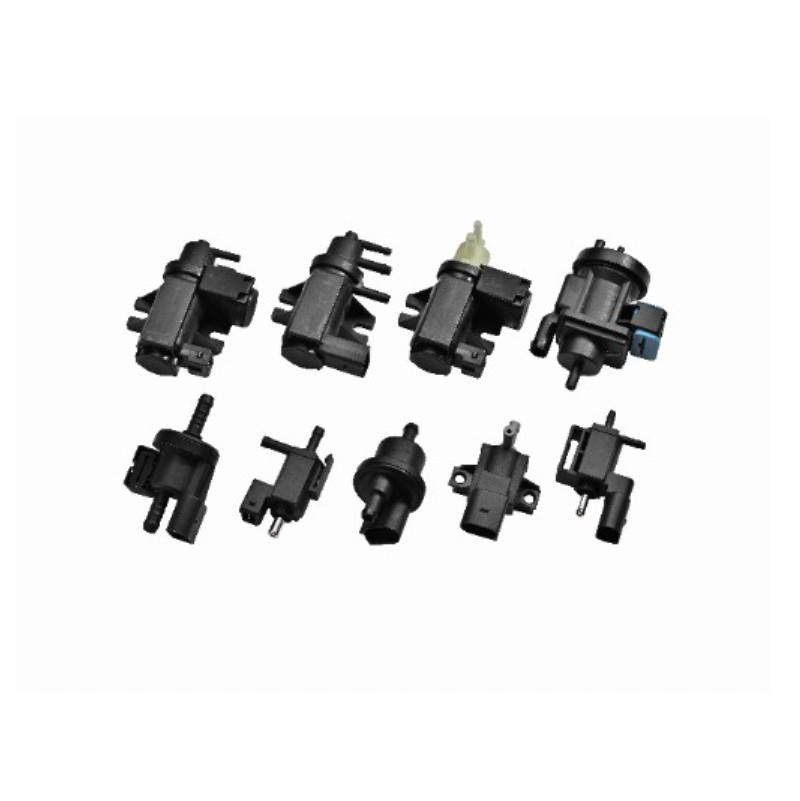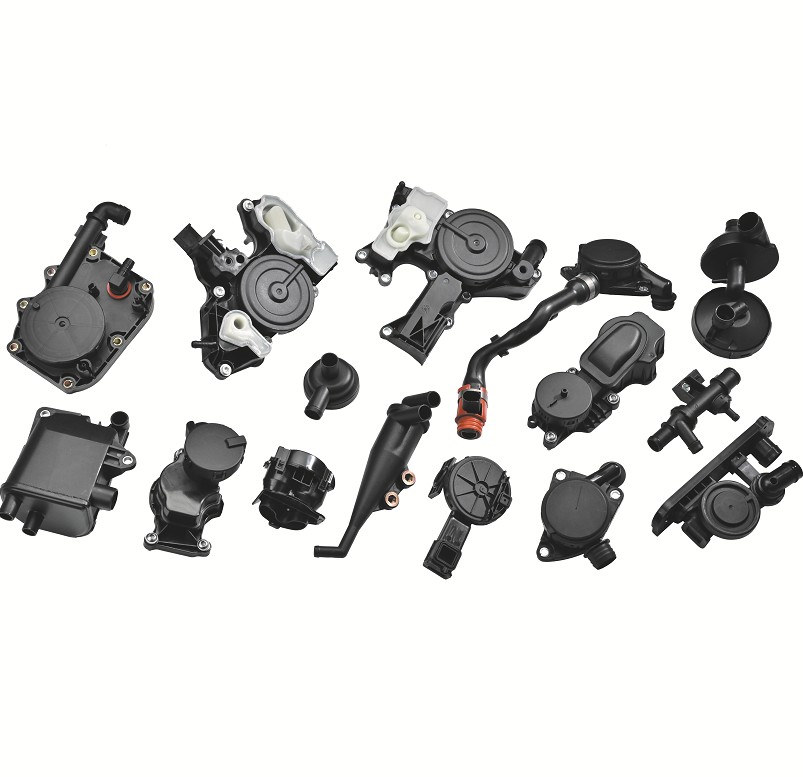The PCV valve (positive crankcase ventilation valve) is a critical component in the engine's crankcase ventilation system. Its primary function is to ensure proper circulation and pressure balance of crankcase gases, thereby safeguarding proper engine operation and performance.
The main functions of the PCV valve include:
Controlling crankcase pressure: The PCV valve directs crankcase gases into the intake manifold, helping to maintain appropriate crankcase pressure and preventing oil leaks and seal damage caused by excessive pressure.
Reducing emissions and pollution: The PCV valve redirects unburned fuel and pollutants from the crankcase back into the combustion chamber for combustion, reducing harmful emissions and improving fuel economy.
Preventing oil deterioration and corrosion: The PCV valve circulates crankcase gases, preventing oil oxidation and corrosion, thereby extending engine life.
Improving engine performance: A properly functioning PCV valve helps maintain optimal engine operating conditions, improving combustion efficiency and power output.
Preventing backfire and protecting the engine: The PCV valve provides a check valve to prevent reverse flow or backfire, protecting the engine from unexpected damage. The PCV valve plays a vital role in your engine. Its proper function is crucial for clean, efficient, and environmentally friendly engine operation.
How to Test a PCV Valve?
There are several ways to test a PCV valve (positive crankcase ventilation valve). Here are some common methods:
Vacuum Test: With the engine idling, remove the PCV valve and feel for a strong vacuum at the connection. If you can feel suction, the PCV valve is functioning properly.
Pipe Pressure Test: After reinstalling the PCV valve, remove the crankcase intake pipe from the air filter, cover the pipe opening with a tissue, and wait for about a minute. If the tissue is drawn toward the pipe opening, the PCV valve is functioning properly.
Shake Test: After stopping the engine, remove the PCV valve and shake it manually to test it. If you hear a "click," the PCV valve is functioning properly.
Speed Test: With the engine idling, pinch the pipe between the PCV valve and the vacuum source with your fingers and observe the engine speed. If the revs drop by 50 rpm or more, the PCV valve is functioning properly.
Suction test: Place your finger on the PCV valve's intake port and feel for a strong vacuum, which indicates proper operation.
These methods effectively check the PCV valve's operating condition and ensure proper operation, thereby safeguarding engine performance and reliability.


 English
English русский
русский Español
Español Deutsch
Deutsch











